The Israeli Tsahal.
The Israel Defense Forces (IDF), the Tsahal, is a fairly capable national army, with modern military doctrine and well equipped and regularly trained. It has about 190 thousand professional personnel (permanent). Which can be increased in two or three days to near 750 thousand troops.
Mobilizing for this up to around 550 thousand men and women, who are in the active reserve. These have a varied combat training, depending on their age, profession, training and missions carried out. The first 300 thousand are the most outstanding to decisively join the fight. The other quarter of a million are called according to needs to update and finish training them effectively.

The ugdot or Israeli brigades (ugda is its singular name) of mechanized or motorized infantry are the main Israeli units to carry out a fight in enemy urban terrain. They fight against a much less capable enemy. But, with equal resolve and motivation, because they consider themselves muyahidin or warriors of Allah.

Let us see some aleyas or verses from the Quran, to realize the catechized and motivated Palestinian enemy:
“Oh, Believers, persecute the infidels (all others) until all Worship on Earth is given to Allah.”
“War has been prescribed for you and you shun it. Well, Allah will find another more obedient people and will disown you.”
The infantry ugda consists of 3 infantry battalions, another tank battalion, a field artillery group, 1 anti-tank fighting company, one motorized engineer company and 2 combat and tactical reconnaissance companies. The armored ugda consists of 3 tank battalions, one special forces battalion, one motorized engineer battalion, one armored reconnaissance battalion and a mixed artillery group.
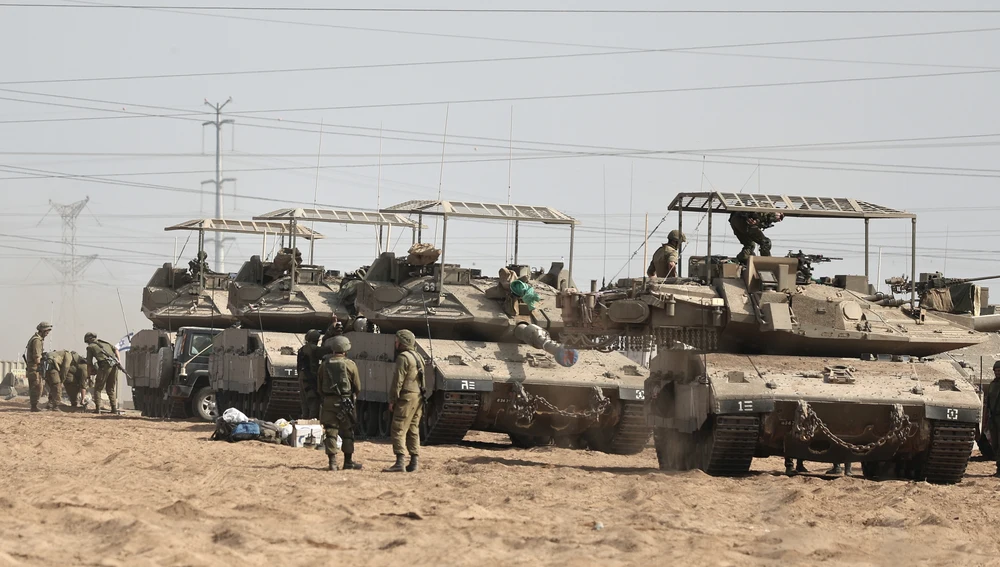
The infantry ugdot are better known. Tanks are, however, the most effective weapon that Israel generally has in its wars. And, within the deliberate concealment and lack of precision of the data that reaches the public, which is practiced on these issues in Israel. Among the five infantry ugdot available, the “Givati”, “Golani” and “Kfir” stand out.
Characteristics of the fighting terrain.
Fighting in “urban or factory terrain” means that the combatants’ views are short in most directions. And, on the other hand, the enemy has a multitude of “relative hiding heights” that hide him and even, sometimes, cover him from opposing fire. This is a source of tension due to the uncertainty it creates.
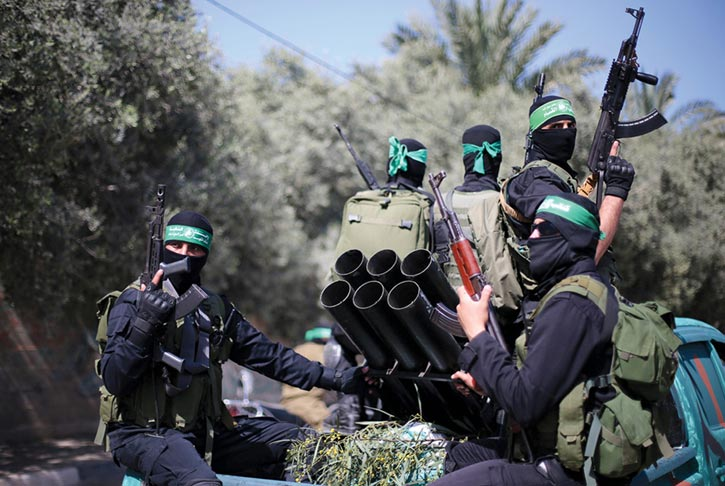
Physical and mental loneliness also act here. The combatant is separated from the officers commanding him. And, he is part of the squad or crew of the organic support weapons. Whose members are as affected as he is.
Automatic and more precise fires allow and force extreme dispersion and camouflage of combat forces in presence. And, the terrain of struggle here is particularly empty and hidden.
The maneuvers here consist of relatively very short movements. This also affects the loneliness and uncertainty of the combatants. The operational movement capacity of the units in motor vehicles is almost unnecessary, if we discount the direct heavy fire support from their weapons to the combatants. Other marches are simply “marches to combat.

Hamas members and others have built an immense defensive “fortress”. It is a structure of tunnels at two levels of depth (circa 9 ms and 50 ms) studied and created over years. This structure qualitatively resembles those used by the Taliban in Afghanistan and the Vietnamese Vietcong in the Mekong area of southern Vietnam. But, it is more elaborate, larger and capable. Level A is used in the militants’ rejection fighting: here they fight, obtain shelter and temporary hiding place, allows them to move parallel and covertly to the ground of the Strip, use alternative delay positions against advancing or reorganizing soldiers, launch short and middle distance range rockets. Level B acts as a large refuge and general warehouse for Hamas forces and his men and relatives. Intermittently, there are direct paths between both levels of the structure.
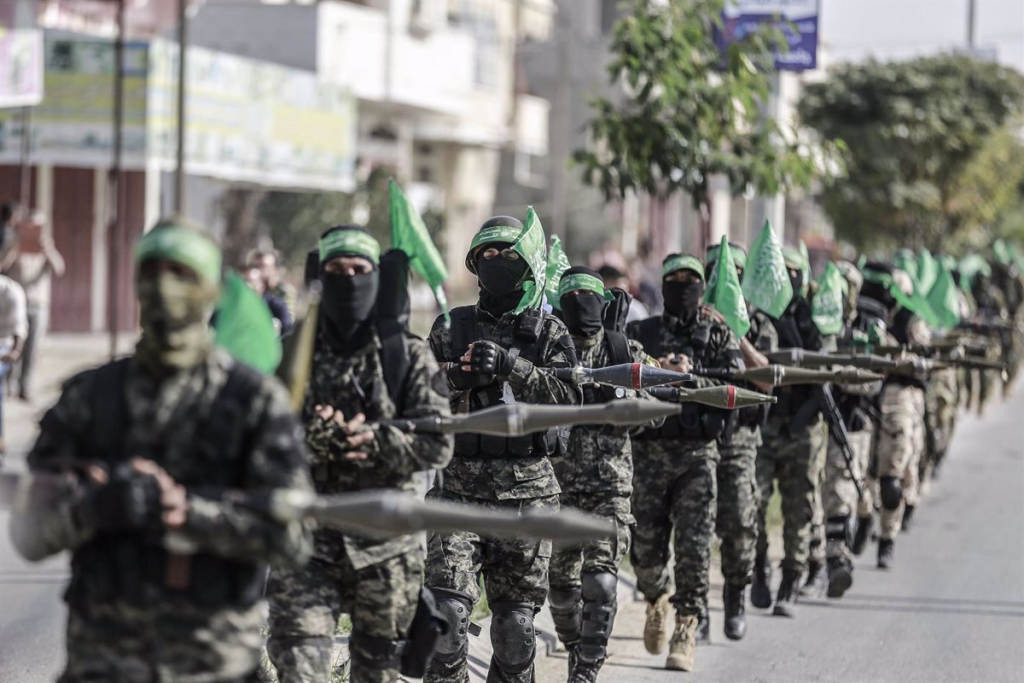
This “main protective cover” cushions the heavy fire of Israeli attackers. And it forces soldiers to fight at close range with Hamas irregulars. Thus, the “combat capabilities” of both enemies are quite equal and the sum of military casualties will inexorably rise to figures not expected by the population of Israel. The Israelis’ attempts to flood some tunnels with sea water or a kind of propelled lightweight foam rubber inside them, did not meet expectations.
General situation.
More or less, so far, there is talk of about 6,000 militiamen and about 200 Israeli soldiers as total casualties in Israel’s attack on Gaza. Also, there are just over 23,000 Gazeti civilians dead and 250 inhabitants of Israel’s cooperatives, party places and small barracks captured as hostages, in an unnecessary massacre that is overdone by its cruelty and ferocity.
On Saturday, October 7, irregular Hamas forces launched a “swarm attack” on southern and south-central Israel. Supported by the prior and/or simultaneous launch of thousands of short and medium range ballistic rockets. And, the small “action units” of Hamas, strong in about 3 thousand militiamen employed in total, achieved their tactical objectives: the defeat and/or destruction of Israeli positions (cooperatives, villages and small military posts), causing about 1,300 total casualties to the population and the Tsahal and capturing the said precious hostages. And, producing a strong and general commotion in Israel and in the Tsahal, much greater than the sum of the individual effect of each small attack received.
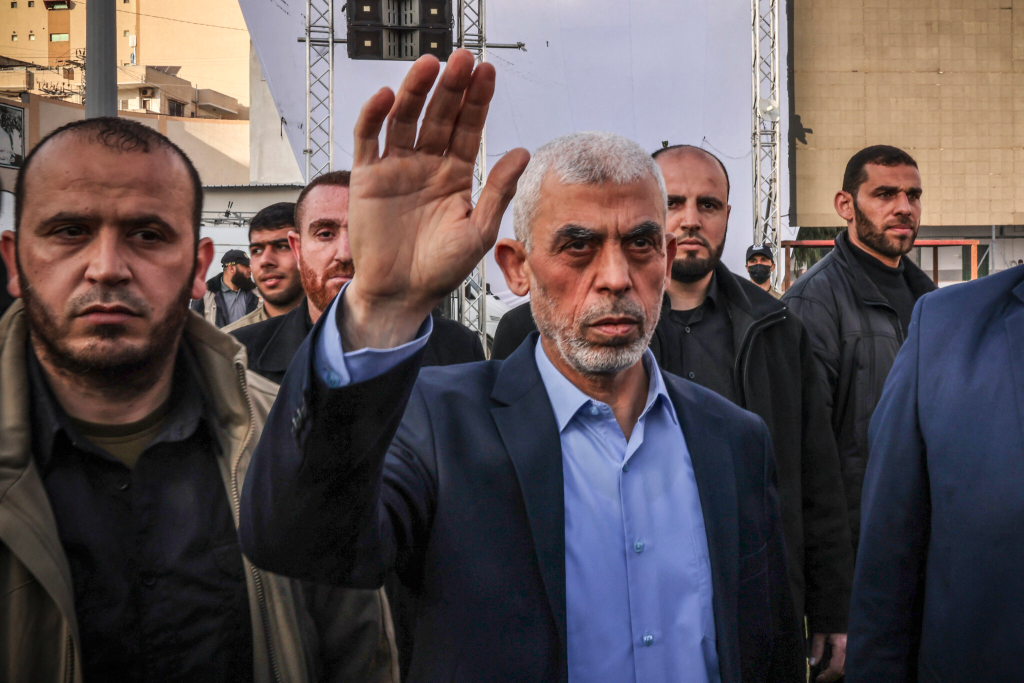
We are not going to repeat now the operations to be carried out by the Tsahal in the Gaza Strip, since in our recent article “The Urban Defense of Hamas in Gaza” they are already described.
We are going to discuss some ideological and strategic positions of both enemies.
Israel has estimated more than 12,000 Hamas military targets destroyed. Which include command centers, medium and short tunnels and their accesses, communications centers, storerooms, military materials, unit locations and small militia units. Also, it has killed (according to Hamas’ Health Department) 23 thousand civilians and injured tens of thousands of people; not exactly from chafing, punctures and large scratches or fractures. Israel is carrying out not only a military liquidation of armed enemies, but an “ironing” of the Gaza Strip with blood and fire.
This has no signs of progressing towards a stable and secure solution.
The total annihilation of enemies is a devilish mission or total objective. That would require a long and very high commitment of human resources and material means. A close comparison would be between artillery fire to neutralize or destroy.
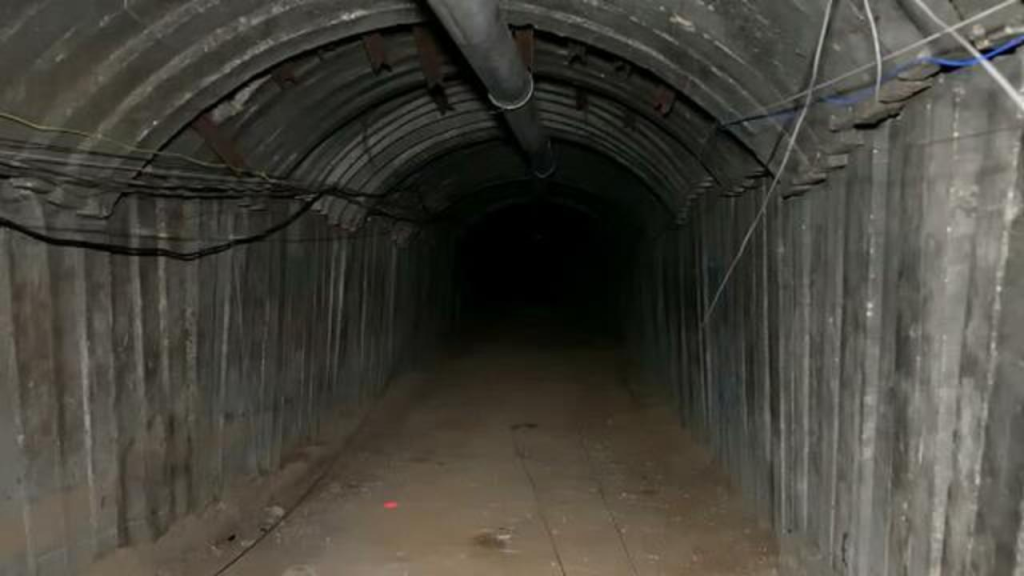
The Nazis were unable to eliminate the Jews of Central Europe and the West of the USSR in four years of presence in the territories of the Gehime Statz Policei and Himmler’s SS.
Nor could they eradicate Bolshevism from the USSR, inhabited, according to them, by “untermensch”, subhumans, an inferior race or severely degraded race by their vices. Which was supposed to be, therefore, affordable and easy.
The human soul, essential and shunned.
When you put a people, race, or large community under the threat of destruction, new “soul energies” emerge from it, generated in the depths of the human soul. They boost his “national morale” and lead him to fight fiercely. Recovering that certainty of survival that was taken from him.
Israel’s bombing has seriously damaged or destroyed more than a hundred buildings, including churches and mosques, some up to 4,000 years old. Belonging to the Gazan Arab cultural heritage. The attacks targeted the social cultural essence of Gazans, their identity. And the Israelis had to respect them, so as not to give serious arguments to the enemy.